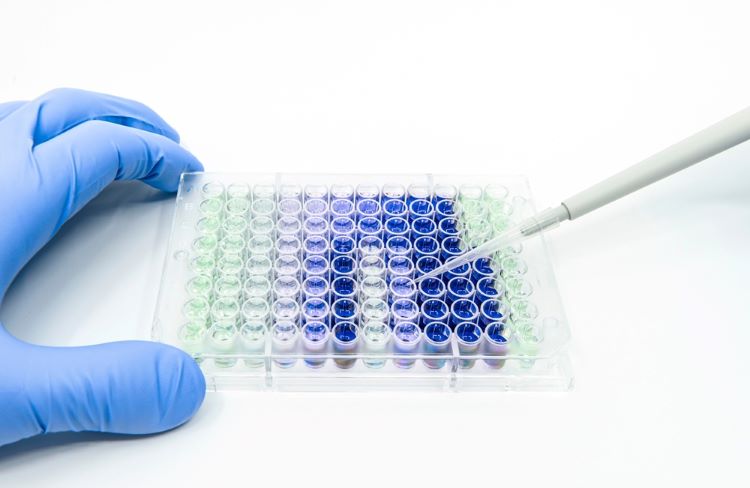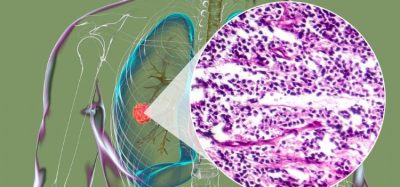Widening adoption of animal-free reagents for endotoxin testing
Posted: 22 April 2024 | Catherine Eckford (European Pharmaceutical Review) | No comments yet
If the proposed USP Chapter < 86 > on using non-animal derived reagents is approved, it will be published for early adoption in November 2024, USP states.


The USP Microbiology Expert Committee is due to vote on the proposed Chapter <86> to approve bacterial endotoxin testing using non-animal derived reagents between 21 June and 1 July 2024.
Jaap Venema, Chief Science Officer, USP shared with EPR that the chapter is helping to guide manufacturers how to the adopt these methods and provides “a path to wider adoption”.
Specifically, it details how manufacturers of new and existing biopharmaceuticals can incorporate these tests into their quality testing, according to USP. Venema explained that the proposal “removes some steps for manufacturers to show equivalency to the current test method described in Chapter <85>”. He added that these users have the option to use alternative reagents (they can refer to USP guidance on how to introduce an alternative method or reagents).
Further details about the proposed chapter
manufacturers can choose to use rFC or rCR without the need to demonstrate comparability to the current [endotoxin testing] method using LAL”
Information for methods using both recombinant cascade (rCR) and recombinant Factor C (rFC) reagents is provided in Chapter <86>, according to USP. Manufacturers “can choose to use rFC or rCR without the need to demonstrate comparability to the current method using LAL”.
In an FAQ published in 2023, USP emphasised that the proposed chapter does not replace LAL for endotoxin testing.
The proposed chapter supporting the use of animal-free endotoxin testing is similar to approaches by the European and Japanese Pharmacopeias, USP noted in the FAQ. Moreover, USP is “proposing to add rCR and the associated method, which is not in the current [European Pharmacopeia] chapter, as we considered it a suitable addition based their recent commercial availability by multiple manufacturers”.
Venema remarked that USP wants to facilitate adoption of the chapter “as much as we can, because we want these tests to be used and get more data, encourage the use of rFC and rCR and further develop standards”.
If approved, USP stated that this chapter will be published for early adoption in November 2024 and in USP-NF in May 2025.
Following USP’s publication of the chapter in 2023, the organisation has “continued to consider additional standards for environmental monitoring. This includes the potential inclusion of Chapter <86> tests into the relevant water monographs”, Venema observed.
Related topics
Biopharmaceuticals, Drug Safety, Endotoxin, Endotoxin Detection, Environmental Monitoring, Industry Insight, QA/QC, Research & Development (R&D), Therapeutics









